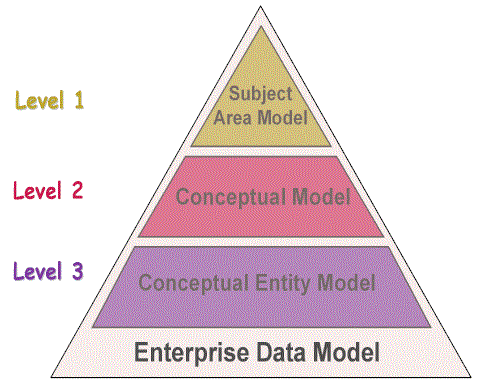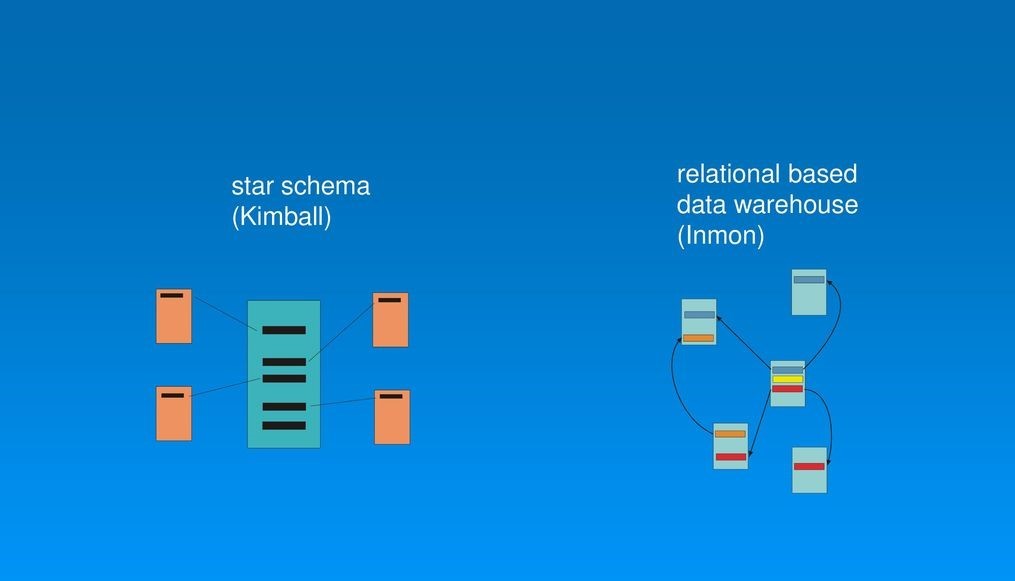An enterprise data model (EDM) can effectively bridge the gap between complex, unstructured data sources and high-level business intelligence, insights, and reporting. Conceptually, an enterprise data model is a roadmap or layout of the different datasets that are central to the business, and how they are related to one another. Enterprise data modeling can be challenging, especially for businesses where the data is scattered across different geographic locations and storage platforms. Therefore, different types of data modeling approaches are used in large enterprises to consolidate data and leverage insights, as well as to aid the development of XML schemas and draw entity-relationship diagrams.
However, the most pertinent application of the enterprise data model is in building a data warehouse. An enterprise data model makes it easier to understand business processes and optimizes the cloud data warehouse for querying and usability. In addition, spending resources on planning and developing the enterprise data model can save costs on maintenance of the data warehouse and result in a solid BI architecture. In this blog, we will look at the merits of building an enterprise data model and how they can be realized across the data warehouse for an organization as well as the different types of data model designs for enterprises.
Data Quality
Enterprises deal with enormous amounts of data, coming in from disparate sources. This data is often unstructured and has to be properly reorganized to consolidate it with other data sources. In addition, existing data can also become corrupted with errors and redundancies. Planning and executing an optimized enterprise data model can take care of any issues in the incoming data quality prior to implementation so that the data warehouse is populated only with high quality, analysis-ready information. This also makes the business intelligence reports from the data warehouse accurate as they reflect real-time changes in business processes.
Data Warehouse Agility and Performance
Enterprise data models define the relationships between different datasets and entities in the data architecture of the organization. With the rapid pace of the modern business environment and the need for an agile analytical framework, data warehouses must be designed so they can deliver quick results and process queries rapidly. Planning and implementing an enterprise data model require a thorough understanding of the BI requirements and is often done through an iterative approach. Business users and data pipeline engineers often work together in defining an enterprise data model that can cater to the processing needs of the organization and leaves considerable room for improvement to accommodate changes in schema and data quality checks.
Data Access and Security
An enterprise data model allows organizations to develop schemas that grant data access rights to only the relevant personnel. This allows managers to create data pipelines for separate departments within the organization for effective data management and control. Additionally, this enables the data warehouse to be optimized for better performance as related queries are only used on compartmentalized data marts that are relevant to the user groups’ requirements. This also improves the overall security of the data warehouse as sensitive information is protected through user-level access restrictions.
Seamless Integration
Businesses interact with a number of other organizations in relation to their production processes, financial regulation, and supply chain management. These interrelated processes often require datasets to be integrated so they can be combined for a more complete analysis. Planning and designing an enterprise data model can help businesses account for current collaborations with other organizations and non-native datasets and allow for the sharing of industry data with other organizations in the future.
Enterprise Data Model Design Types
The type of schema chosen for the enterprise data model depends on the exact use case for the data warehouse. The most popular type of enterprise data model is Kimball’s dimensional model where different dimensional tables are arranged in a star-shaped structure around a central fact table. The fact table contains referential information for different business processes and the dimensional tables contain details and context about the same processes. The Kimball dimensional model is highly flexible and provides agility in query performance and BI reporting, making it one of the most popular data modeling approaches.
Another popular approach to data modeling is known as the 3NF approach or the Inmon approach. This is based on Bill Inmon’s idea of introducing a data vault architecture in the enterprise data model and creating intersectional tables known as Hubs and Links. These data models are generally more intricate for the average business user to understand but have the benefit of being better optimized for query performance as compared to the Kimball dimensional model. Ultimately, the type of enterprise data model that is chosen by the organization depends on their BI needs, incoming data sources, and the complexity of their use case.
Conclusion
The planning stage of the data warehouse is fundamental to its performance and maintenance. Managers and data pipeline engineers must collaborate and lay down the requirements for the data warehouse before beginning work on any implementation-related tasks. As data warehouse solutions become popular across different industries, more resources are increasingly devoted to enterprise data modeling.


You can also stay updated by subscribing to iTechCode.